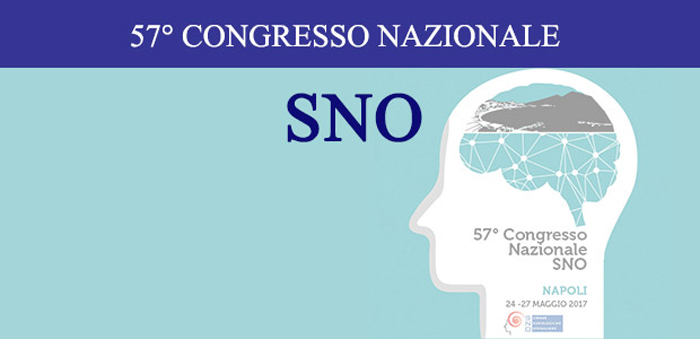 |
|||
|
Role of Microembolic Signals Detection by Transcranial Doppler Monitoring in Cryptogenic Stroke Evaluation A. Palmieri, F.M. Farina, C. Kulyk, F.R. Vodret, S. Favaretto, F. Viaro, C. Baracchini |
|
|
|||||||
|
Summary |
|||||||
|
|
|
|
|
|
|
||
|
Proceedings SNO |
|||||||
|
|
|
|
|
|
|
||
|
Introduction: Detection of microembolic signals (MES) at transcranial doppler (TCD) monitoring seems to be related with stroke risk in patients with carotid artery stenosis, but its application in the setting of cryptogenic stroke (CS) is unclear. Objectives: The aim of this observational study was to investigate the usefulness of TCD monitoring in identification of underlying mechanisms in patients with CS. Patients and Methods: We enrolled all consecutive patients admitted to our Stroke Unit in a five-year period, aged between 18 and 55 years, diagnosed with cryptogenic stroke. Clinical and radiological data were recorded. During follow-up, a 60-minutes bilateral TCD monitoring of middle cerebral artery was performed. Results: Among 96 patients, 61 (63.5%) were embolic strokes of undetermined origin (ESUS). Patent foramen ovale (PFO) with right-to-left shunt (RLS) was present in 63.9% of ESUS patients and in 37.1% of non-ESUS (p < 0.02). TCD monitoring disclosed MES in 33.3%; in the ESUS group, MES were more often detected (45.9% vs 11.4%; p < 0.01) and MES count was significantly higher (1.9 vs 1.0 MES/h; p = 0.01), independently from the presence of RLS at the multivariate analysis. Conclusion: Our study shows that, among cryptogenic stroke patients, MES count is higher when ESUS is documented. Therefore, TCD monitoring might aid in the identification of cryptogenic stroke mechanisms. |
|||||||
|
|
|||||||
|
|
|
|
|
|
|
||
|
Articles from "Proceedings" are provided here courtesy of |
|
Proceedings SNO - ISBN 978-88-8041 - Copyright © 2017 SNO & new MAGAZINE s.r.l. - Italy |
|||